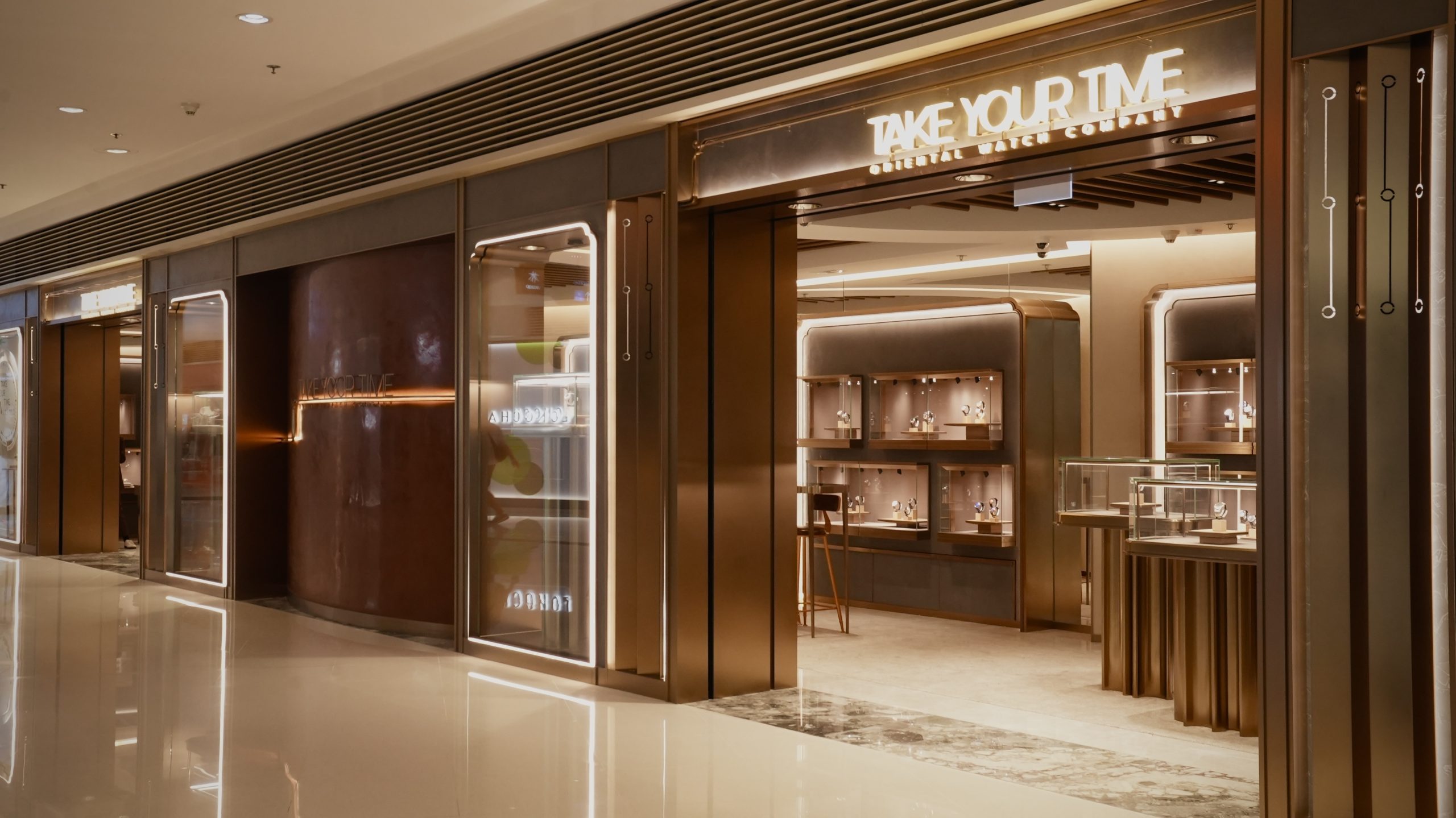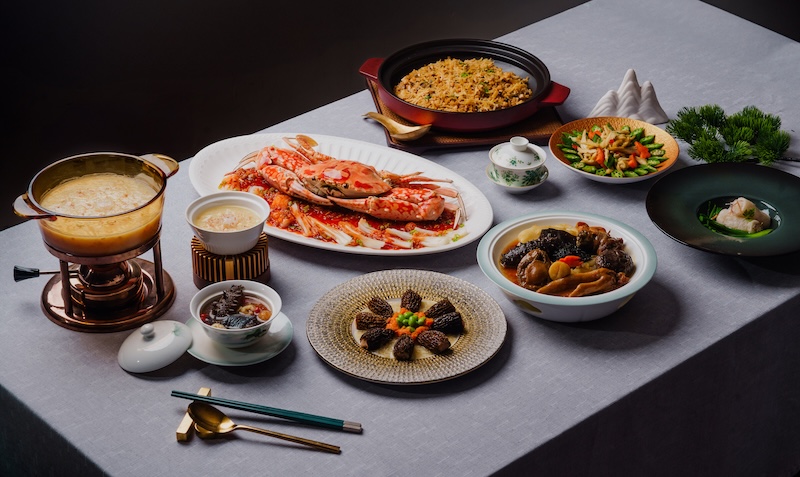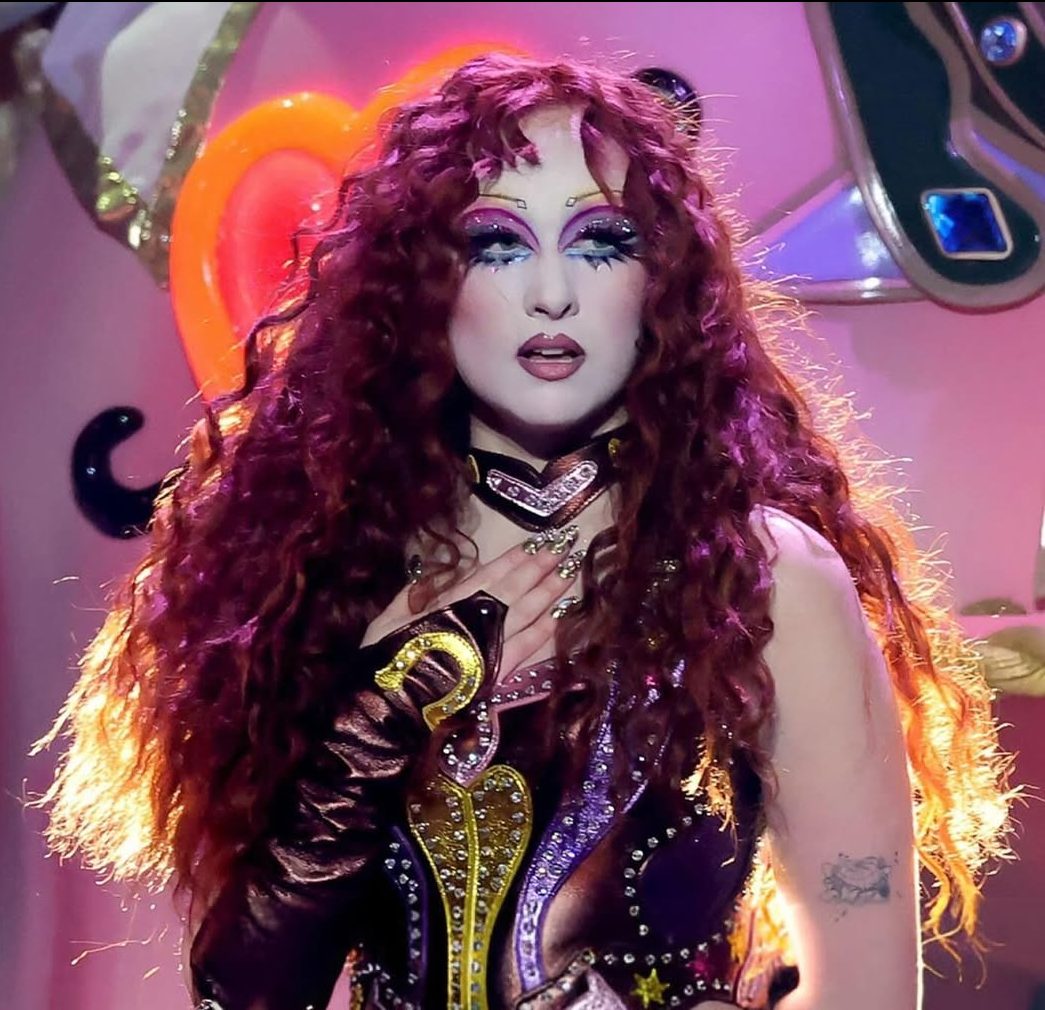Acclaimed interior architect and product designer Martin Brudnizki tells David Ho about designing luxurious spaces and his latest project in Hong Kong – Deep Water Pavilia
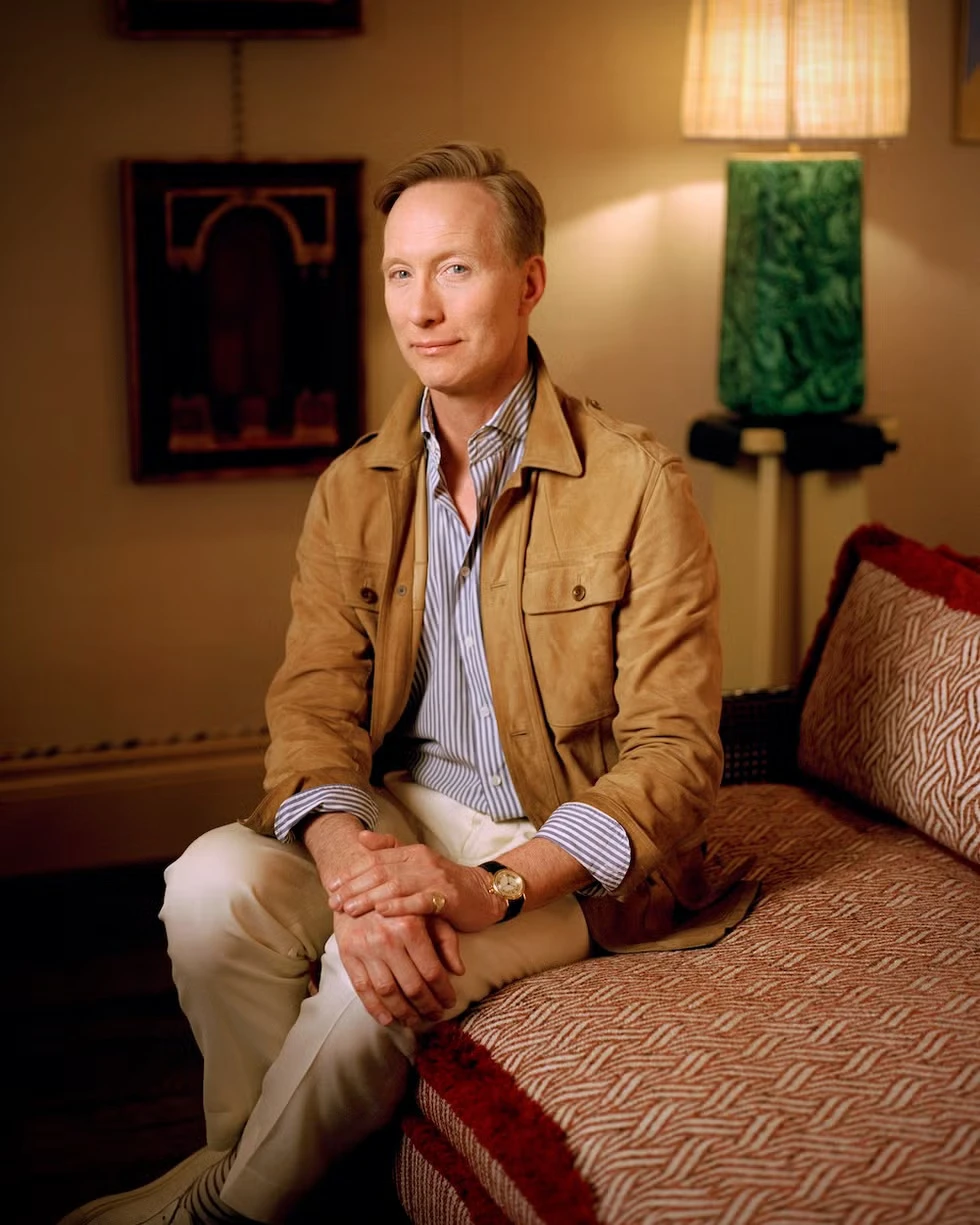
There is a high chance you’ve encountered Martin Brudnizki’s magic touch in any number of luxury spaces around the world.
Based in both London and New York, the Swedish interior architect and product designer has transformed spaces for a who’s who list of clients that include LVMH, Belmond, Rosewood Hotels & Resorts, Four Seasons, Six Senses, Soho House Group, Caprice Holdings, and The Birley Group. Those in Hong Kong might be surprised to learn that the Fortnum & Mason store at K11 Musea was designed by Brudnizki and his team.
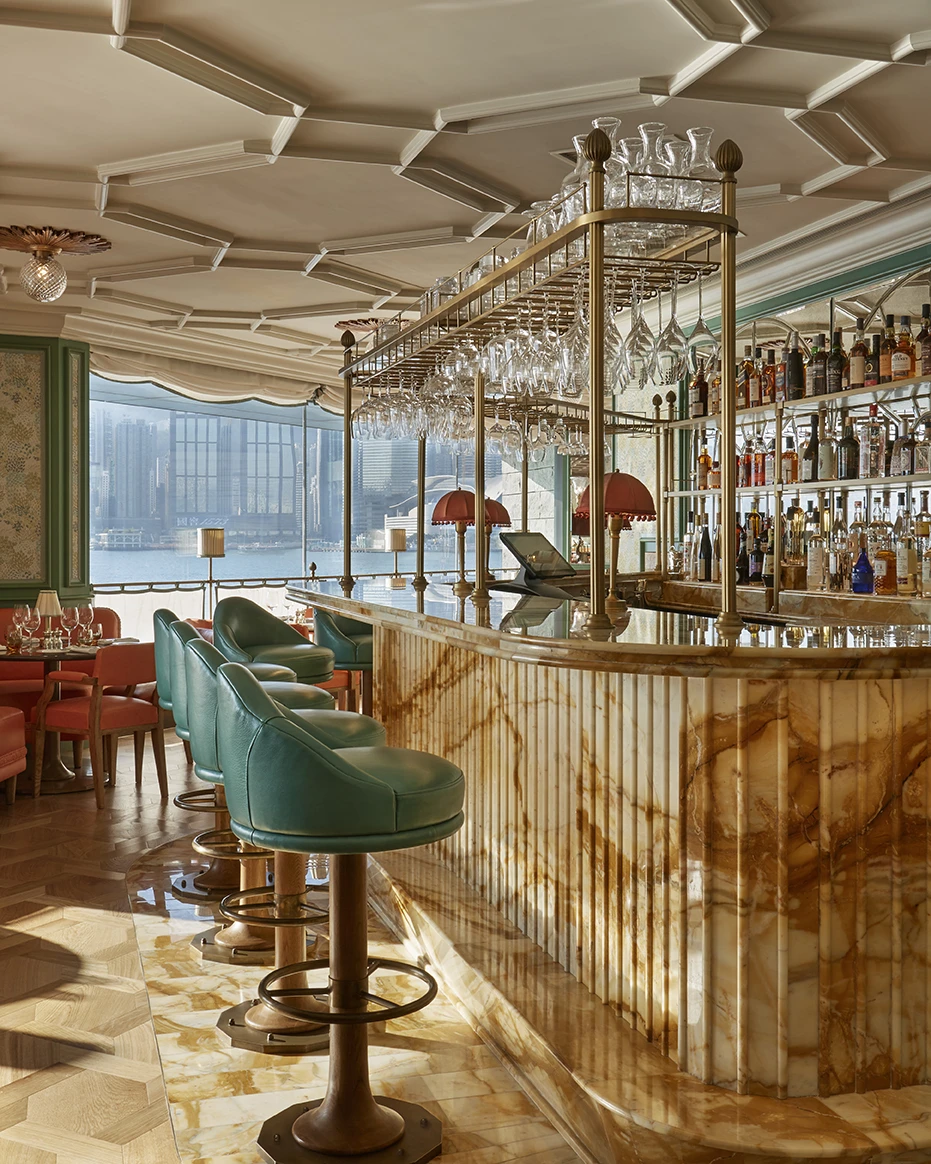
With a stylist mother and a structural engineer father, it’s only natural that Brudnizki would develop an eye for aesthetics and an appreciation for functionality. He set up Martin Brudnizki Design Studio (MBDS) in 2000 and has rapidly set his legacy as one of the best restaurant and hotel designers of his generation. In 2015, he also set up And Objects , a product design studio built that has developed collections of furniture, lighting, and accessories, while also collaborating with leading brands.
Brudnizki has been lending his skills for a new project in Hong Kong – the exclusive Deep Water Pavilia in Wong Chuk Hang. The 447 flat project promises to be a showcase of Brudnizki’s ability to “create immersive, dreamlike environments”. He tells #legend about his design inspirations and what makes a space luxurious.
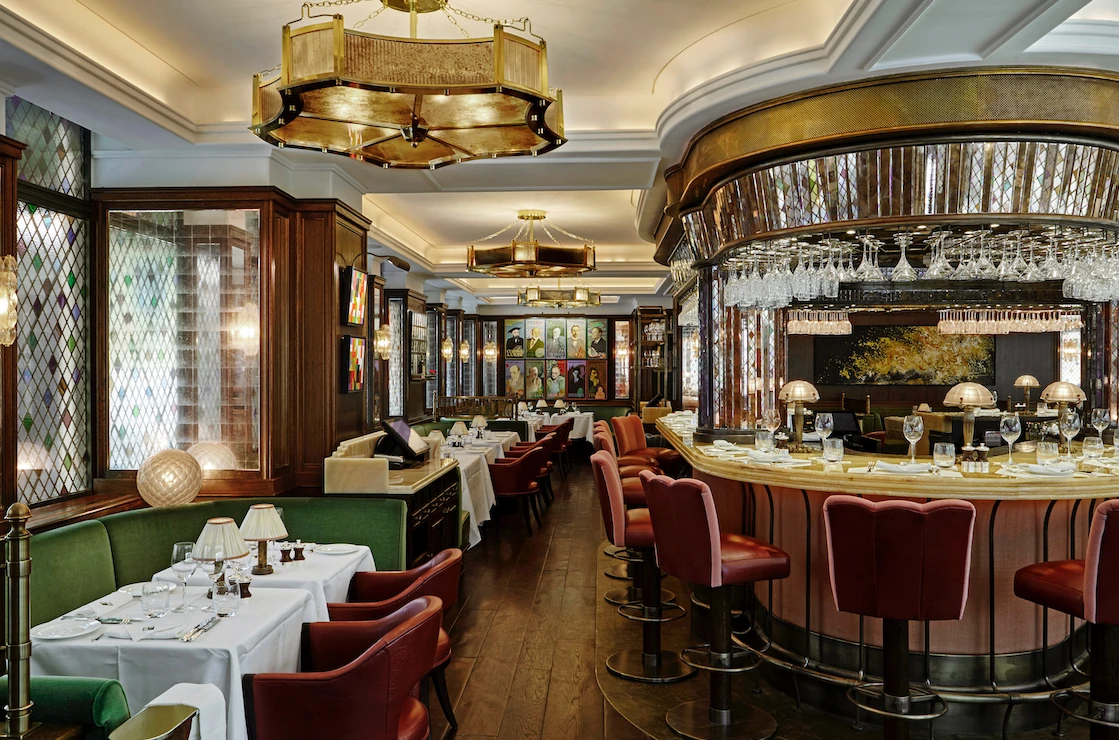
Please tell us more about the design inspiration behind Deep Water Pavilia. I understand it draws from the local culture and environment of the Southern District?
When we began work on Deep Water Pavilia, we were immediately struck by the surrounding landscape; lush hillsides, the proximity to the sea, and the rich biodiversity of the Southern District. Our approach was to create an enchanting urban escape that would offer residents a deeper connection to nature, while still feeling refined and considered. Inspired by Henri Rousseau’s The Dream, we were drawn to the surreal, almost otherworldly quality of his landscapes. The idea was to translate that into a residential context; spaces that feel immersive, almost transportive, where natural elements and elegant design coexist beautifully. Nature, here, is treated as a luxury in its own right.
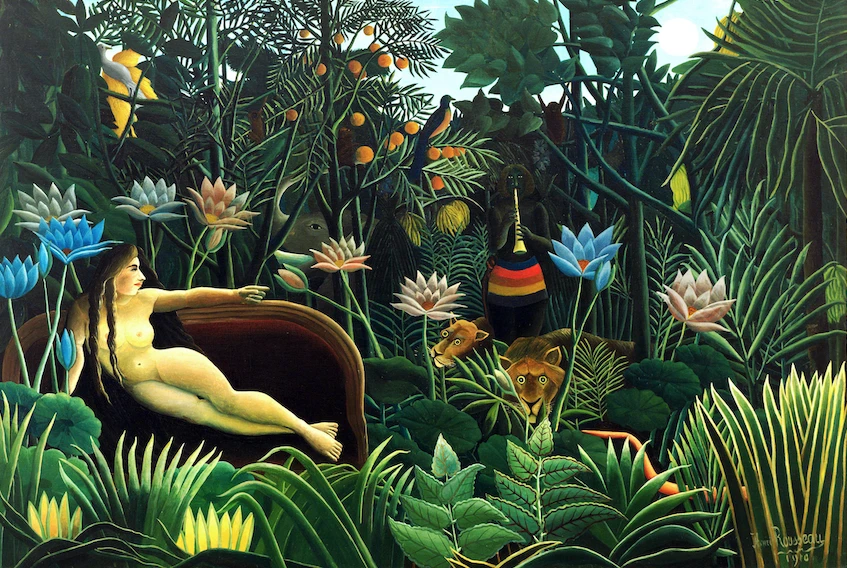
Local cultural influence aside, what were some of the uniquely Hong Kong considerations/traits for Deep Water Pavilia?
Hong Kong is a city of contrasts – modern and traditional, fast-paced yet deeply rooted. One of the key considerations was flow: how people move through their homes and how interconnected the transitional spaces feel. The architecture itself had this beautiful, organic rhythm, and we wanted the interiors to mirror that. Another key consideration was lifestyle; it was important to instil a sense of calm and carve out an urban retreat that juxtaposes busy city life. We wanted to bring warmth and softness to the scheme, Hong Kong interiors can sometimes feel overly sleek, so we introduced layers of tactility and colour that felt both fresh and inviting.
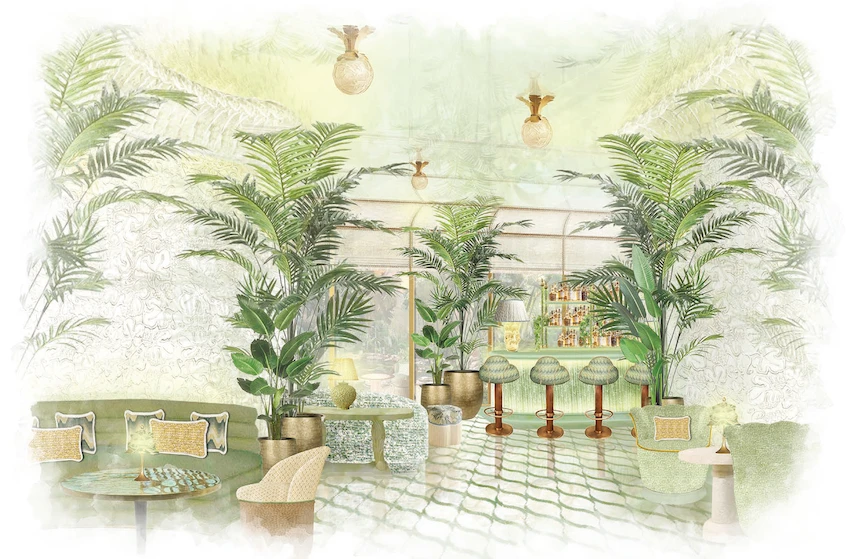
Given Hong Kong’s space constraints and climate, what are some of the do’s and don’ts you can share for interior design here?
Multi-functional spaces are essential in Hong Kong. We always consider how each area can be both beautiful and practical. Natural ventilation and materials that respond well to humidity are key. Do not underestimate the importance of greenery, even in small spaces, bringing in plants or natural motifs can soften the edges and make a space feel so much more generous.
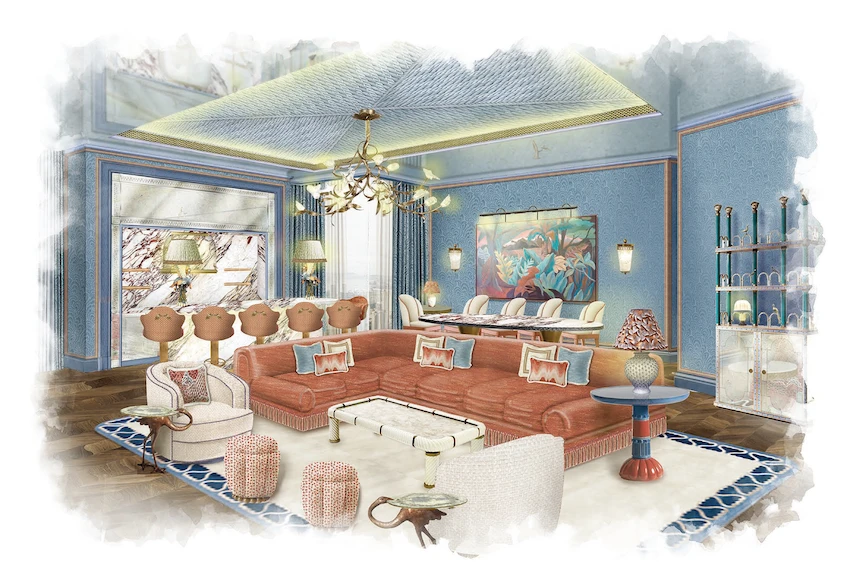
You’ve worked on quite a range of luxury projects. What have been some of your most memorable work and why?
It’s difficult to choose, as each project is memorable in its own way. But Deep Water Pavilia certainly stands out. It allowed us to explore a more botanical, almost fantastical take on luxury. In London, Annabel’s was particularly special. It’s an institution with a storied past, and to be asked to reimagine it for a new era was a huge honour.
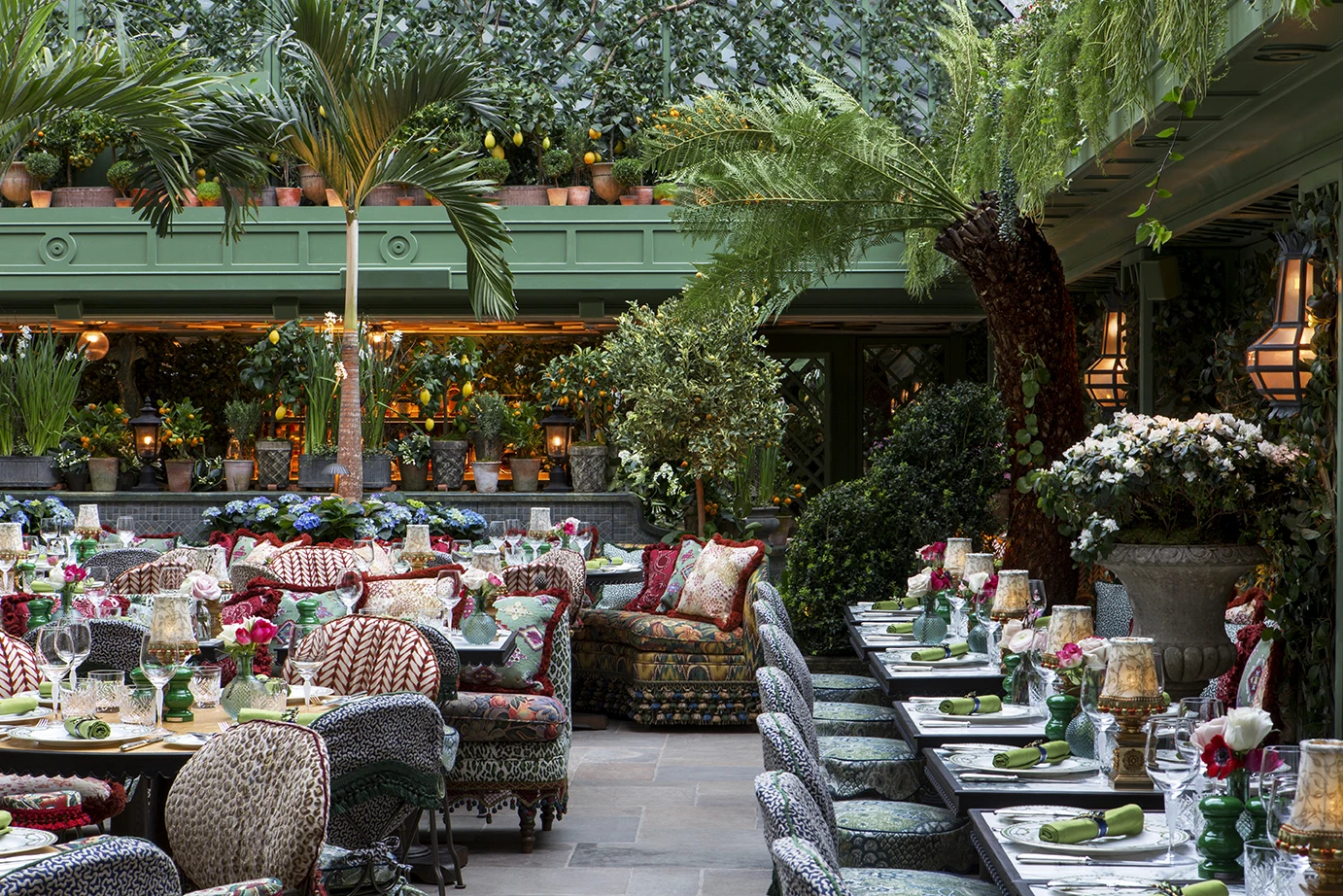
What is luxury living to you? How can we incorporate it in our day-to-day living spaces?
Luxury is about meaningful experience, and we create that by developing a highly contextual scheme that explores the culture and history of the locale, referencing it at every opportunity to allow for an entirely unique, bespoke encounter with your surroundings and in turn, in this instance, stay. You cannot replicate this feeling, this place – that is luxury. Part of that is escapism and creating the backdrop in which to immerse yourself in this world, part of that is authenticity and everything having a story, a history – a life of its own that you get the special chance to interact with and make part of your own for this moment.
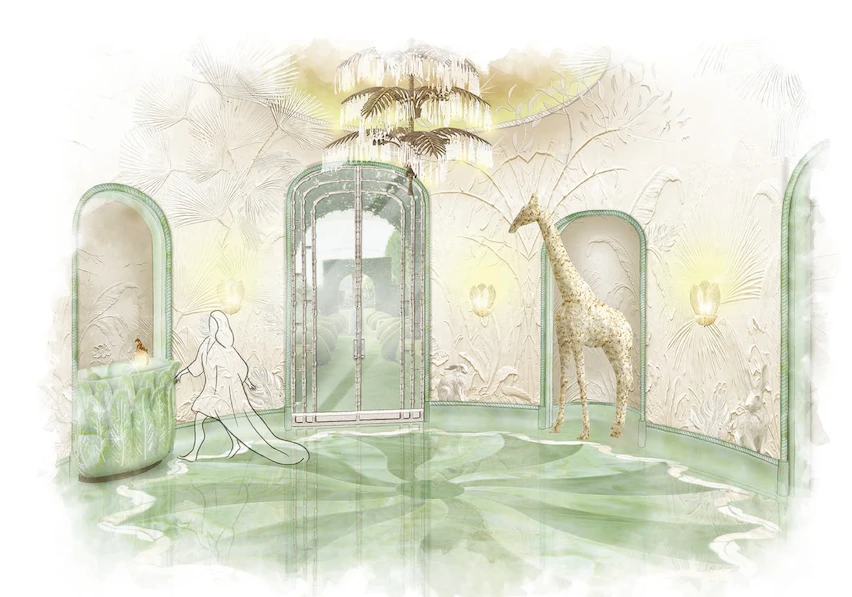
What are some of the interior design trends you are seeing emerge in 2025?
We do not like to follow trends, but there is of course a certain level of adaptability to the changing times around us. Design is always evolving, but I tend to focus more on what endures. Trends come and go, but craftsmanship, comfort, and character are perennial. I find inspiration in the past just as much as the present. Travel exposes you to different ways of living, and books, to remind you that good design is timeless.
Also see: #interview: Alligator Jesus artist on designing grillz for Beyoncé, Madonna and more



